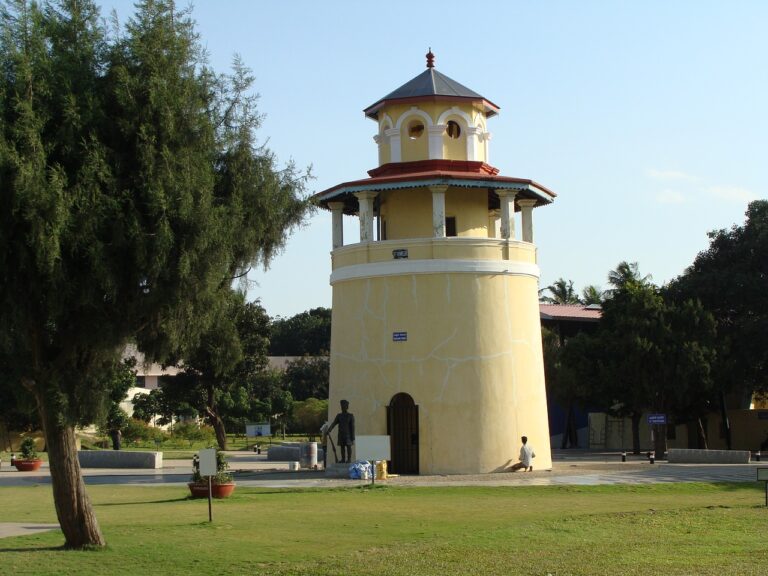Voter Turnout Among Remote Communities: Overcoming Geographic Barriers to Participation
Voter turnout in remote areas is significantly influenced by geographic barriers. These barriers can include long distances to polling stations, lack of accessible transportation, and challenging terrain. As a result, many residents in these areas face difficulties in casting their votes during elections.
The presence of geographic barriers can lead to disenfranchisement among remote communities, ultimately impacting overall voter turnout rates. When individuals encounter obstacles in reaching polling stations, they are less likely to participate in the electoral process. Addressing these challenges is crucial to ensuring that all citizens have equal access to exercise their right to vote.
Challenges Faced by Remote Communities in Accessing Polling Stations
Remote communities often face significant challenges when it comes to accessing polling stations during elections. The distances between these communities and polling stations can be vast, making it difficult for residents to travel to cast their votes. In some cases, the lack of reliable transportation options exacerbates this problem, leaving individuals with limited means of reaching the polling stations on election day.
Moreover, the physical geography of these remote areas can pose additional obstacles to voter turnout. Mountainous terrain, dense forests, or rivers without bridges can create formidable barriers that further deter community members from participating in the electoral process. This geographical isolation can result in disenfranchisement among remote populations, leading to lower voter turnout rates compared to more accessible urban areas.
Innovative Solutions to Increase Voter Participation in Remote Areas
In remote areas, voter participation can often be hindered by geographical barriers that make it challenging for residents to access traditional polling stations. The isolation and limited infrastructure in such areas can discourage individuals from exercising their right to vote, resulting in lower turnout rates compared to more urbanized regions. To address this issue, innovative solutions are being explored to increase voter participation and ensure that all citizens have equal opportunities to engage in the democratic process.
One creative solution involves the establishment of mobile polling stations that can travel to different remote communities, allowing residents to cast their votes conveniently without having to travel long distances. This approach not only helps to overcome geographic obstacles but also caters to the unique needs of these isolated areas. By bringing the polling stations directly to the voters, this model has the potential to significantly increase voter turnout and promote inclusivity in the electoral process.





